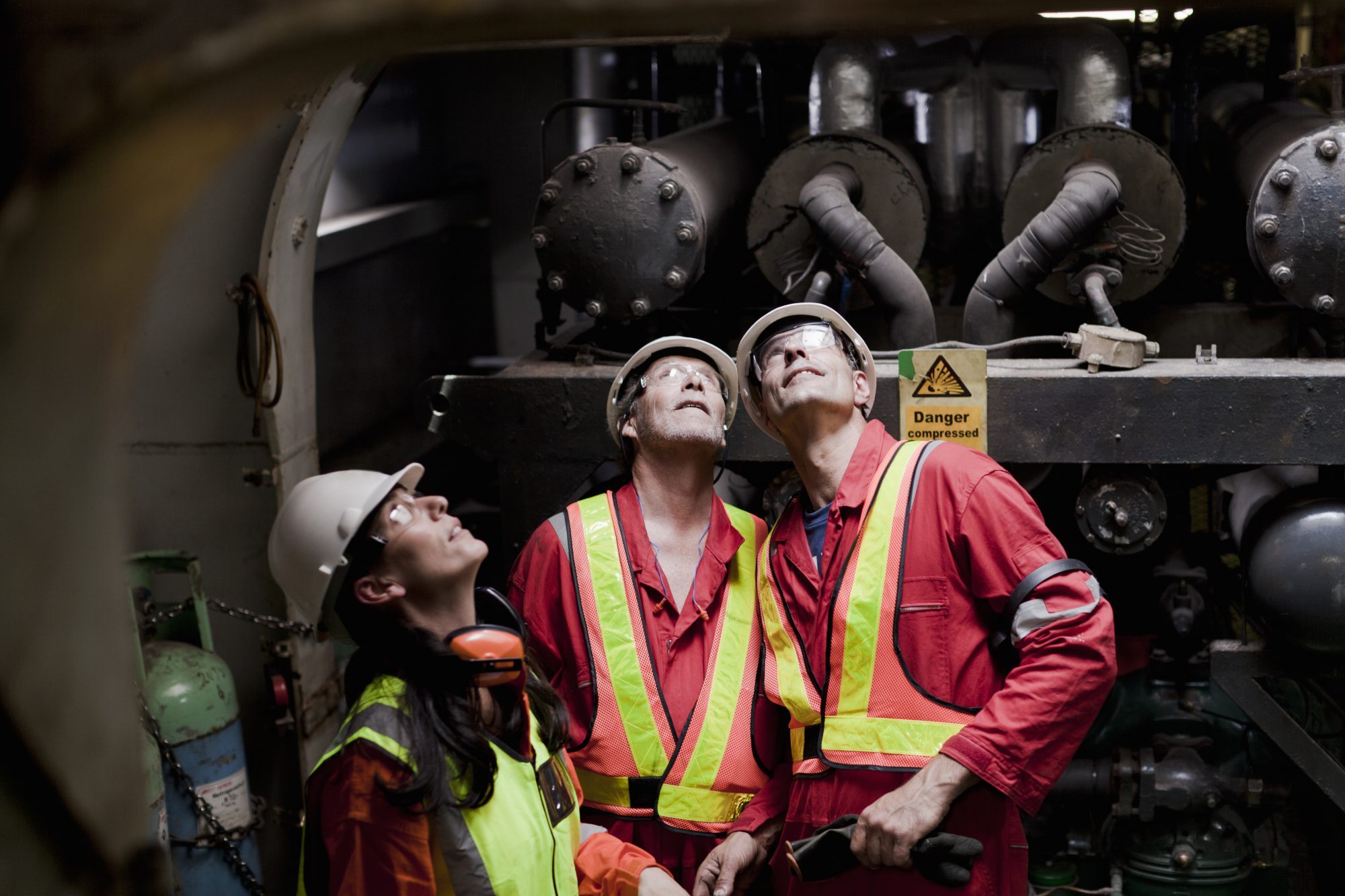Pipeline safety is no longer just a recommendation in the United States—it’s a mandatory requirement. With the U.S. Department of Transportation’s (DOT) Pipeline and Hazardous Materials Safety Administration (PHMSA) recently issuing an interim final rule (IFR), the focus on pipeline safety has never been more crucial. This rule is part of the broader Protecting our Infrastructure of Pipelines Enhancing Safety Act of 2016 (PIPES Act), which grants PHMSA expanded authority to impose emergency restrictions and safety measures on pipeline operators when there are imminent hazards to life, property, or the environment.
The Growing Importance of Pipeline Safety
Pipeline incidents have historically had devastating effects on local communities, the environment, and the economy. These incidents are not isolated events; they pose a national concern. The potential risks are significant with pipelines operating close to people, homes, businesses, and sensitive environmental areas. Recognizing these dangers, the U.S. government has prioritized pipeline safety, enforcing stricter regulations and oversight.
The new regulations allow PHMSA to act quickly and decisively when issues are identified, such as discovering serious manufacturing flaws in pipes or equipment or identifying unsafe industry practices following an accident. Designed to prevent incidents before they occur, this approach ensures that pipelines remain safe and reliable.
DragX: A Revolutionary Tool for Pipeline Safety
In light of these stringent regulations, it’s clear that pipeline operators need cutting-edge solutions to meet safety standards. Enter DragX, a groundbreaking surface treatment technology that could be the key to ensuring compliance with the latest safety requirements.
DragX leverages advanced nanotechnology to provide superior protection against corrosion, one of the most significant threats to pipeline integrity. By preventing corrosion, DragX extends the life of pipelines and reduces the likelihood of leaks, spills, and other catastrophic failures. This makes DragX an essential tool for pipeline operators looking to enhance safety and meet regulatory requirements.
Why DragX Is Essential for Pipeline Operators
The ability of DragX to prevent corrosion translates directly into safer pipelines. This innovative surface treatment forms a protective barrier that guards against the elements, chemical reactions, and other factors that contribute to pipeline degradation. With DragX, pipeline operators can significantly reduce maintenance costs, extend the operational life of their infrastructure, and, most importantly, protect the communities and environments in which they operate.
Moreover, DragX’s compatibility with various pipeline materials and its ease of application make it a versatile solution for both new constructions and existing pipelines. In an industry where safety is now mandatory, DragX offers a reliable, efficient, and cost-effective way to comply with the latest regulations.
A Safer Future with DragX
The U.S. government’s commitment to pipeline safety is clear, and with the introduction of the new IFR, the standards have been set higher than ever before. Pipeline operators must now take every possible measure to ensure the integrity and safety of their infrastructure. DragX stands out as a leading solution, providing the protection needed to meet these demands.
As pipeline safety becomes mandatory, tools like DragX are no longer optional—they are essential. By investing in advanced technologies like DragX, pipeline operators can comply with federal regulations and contribute to a safer, more secure future for all. Connect with our experts to see how DragX can be applied to your pipelines.

